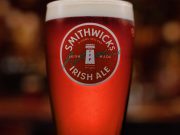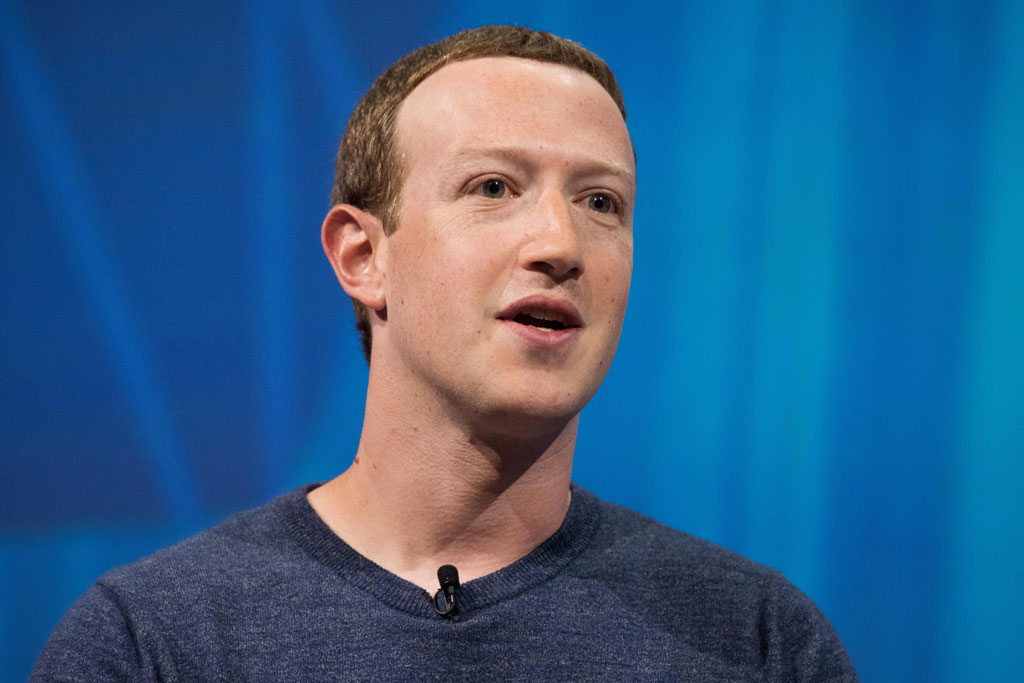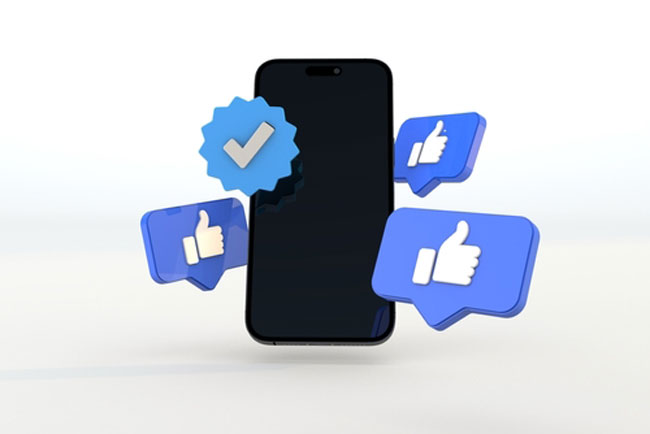With Twitter continuing to divide opinion with its paid-for blue-tick verification, Shane Foley, head of paid social looks at the prospects for Meta Verified, which is looking to charge creators and brands for its new premium level offering over the coming months.
In February this year, Meta announced it would begin testing a new product called Meta Verified in Australia and New Zealand. In late March, this new paid for feature rolled out in the USA and will reflect some initial learnings and feedback from the initial testing. Meta Verified is a subscription bundle for creators and individuals that includes blue badge verification with increased visibility and access to account support.
“This new feature is about increasing authenticity and security across our services,” wrote Meta CEO Mark Zuckerberg. Meta “wants” to make it easier for creators to establish a presence and can focus on building their communities across Facebook or Instagram. This will more than likely be rolled out to businesses based on the results of the product testing.
Head of Instagram Adam Mosseri runs a series of Q&A’s on Instagram stories and on February 21st stated that “the goal of this test is to make it easier for users, particularly influencers, to establish their presence so they can focus on building communities instead of constantly stressing about how to show up on Meta’s social platforms”
Meta’s new paid for service follows Twitter’s release an €8-a-month paid verification program as part Elon Musk’s revamped Twitter Blue. Although Twitter Blue has not been as successful as predicted by the tech giant, the platform has more than 385,000 mobile subscribers worldwide on both iOS and Android. The U.S. is its largest market, with 246,000 subscribers. This recent trend seems to indicate that paid subscriptions and verifications are the next chapter in social media’s constant state of evolution.
Is this a good thing? Will we be advising clients?
The main benefit of Meta Verified will likely be the blue verification badge and increased reach across Meta platforms (Facebook, Instagram & WhatsApp). The new update has caused a bit of a stir online, while some are open to more safeguards and access to support, others especially smaller businesses wonder if social media is becoming a “pay-to-play” model which will lead to further costs to their business.
Right now, businesses are not yet eligible for Meta Verified, but it is likely this will increase the company’s yearly revenue so we can only speculate it is a matter of time before rolled out globally. In a world of fake accounts and digital mistrust, being verified across digital platforms seems to be more than a status symbol for trusted or new brands.
In this decade, having verified social media accounts is a sure way to establish trust and brand credibility online. Applicants are required to submit a government ID that matches their profile name, this is further building trust as users will know the true identity of the brand or creator. Submitting a government ID to verify accounts is a positive for all users as this adds a level of trust and credibility to the brand and the platform. This will also give verified users an easy outlet to elevate their social media presence.
If Meta Verified has a successful roll out, we can foresee that going forward, established, or new brands who do not have a verified status will likely raise questions over legitimacy with social media users. Paid subscriptions and verifications do seem to be the next chapter in social media’s constant evolution.
Over the trail period and coming months Meta will need to answer two questions: Will it be a success or is it a tax on smaller businesses and new creators?
We can be forgiven to be sceptical and say Meta Verified is an obvious revenue generating tactic to being rolled out to combat Meta’s recent 55% decline in net income. However, the benefits of having a trusted blue badge verification with increased visibility and reach are appealing to all brands and creators alike.
It really depends on what success looks like for Meta. If we look at Twitter Blue’s recent roll out, for example, we can see this has fewer than 300,000 global subscribers out of 368 million global users since the November introduction – only 0.08% of all users.
For established brands, paying a monthly subscription model will not pose many drawbacks, for a small business or new creators however, this will be another blockade by a tech corporation to pay just to have access to a once free platform.
Small businesses and creators are already under enormous economic pressure with rising fixed costs such as rent, insurances and energy. SMEs will need to look for further clarification as to how this new cost will impact their business.
While Meta have stated “We want to make it easier for people, especially creators, to establish a presence so they can focus on building their communities on Instagram or Facebook.” Although, this is coming at a monetary cost.
So, what’s next? While testing is still ongoing, the full effects of Meta Verified is still unsure to our advertising efforts but going forward, for brands and creators to be visible, trusted, and prioritised, we will need to encourage adopting a premium model.
Early information we are reviewing from Meta shows the emphasis around trust and transparency that will help prevent impersonation. Meta have built a series of checks before, during and after a user applies for a Meta Verified subscription.
To be eligible, individuals must be at least 18 years old and accounts must meet minimum activity requirements, such as prior posting history. In addition, applicants are then required to submit a government ID that matches their profile name and photo of the Facebook or Instagram account they’re applying for. Once someone is verified, they can’t change the name, Instagram handle, date of birth, or photo on their profile without going through the Meta Verified subscription and verification application process again.
With the inevitability of fake accounts afflicting social media, the verification status and quick customer support is important and can help a brand to combat doppelgangers. However, this will come at a cost as brands will need to pay the tech supplier for this added status.
Meta Verified is currently just a test. The company wants to see how and if it’ll work on Instagram and Facebook. Mosseri shared in his channel that they’ll only roll it out “if we get it to a good place.
This feature is still being trialled in Australia, New Zealand and now the USA over the coming months, like every product launch having the right protections in place from the very beginning is one of Meta’s guiding principles in developing Meta Verified so we do see this as an ever-changing scenario.
Shane Foley is head of paid social, Core Investment.
























